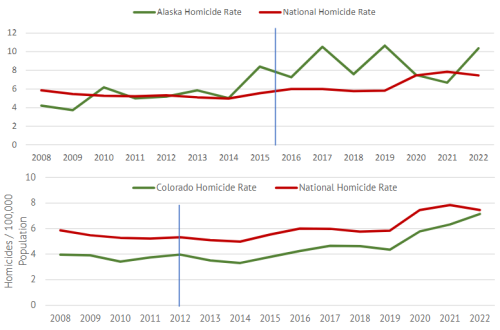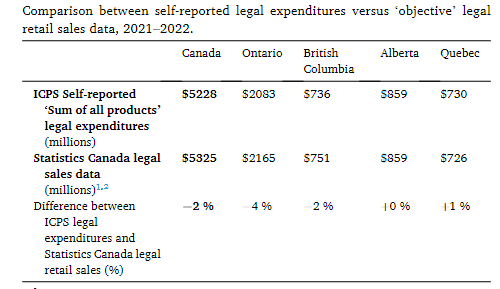Drug Policy Question of the Week – 5-21-12
As answered by Mary Jane Borden, Editor of Drug War Facts for the Drug Truth Network on 5-21-12. http://www.drugtruth.net/cms/node/3876
Question of the Week: What is transnational organized crime?
According the United Nations Office on Drugs and Crime,
“‘organized crime'” is any serious offence committed by a group of three or more people with the aim of making money.”
Transnational extends organized crime across the globe.
The Office of the President of the United States defined transnational organized crime as,
“self-perpetuating associations of individuals who operate transnationally for the purpose of obtaining power, influence, monetary and/or commercial gains, wholly or in part by illegal means, while protecting their activities through a pattern of corruption and/or violence, or while protecting their illegal activities through a transnational organizational structure.”
There is some inconsistency concerning which markets comprise this illicit trade.
Citing the U.S. government’s International Crime Threat Assessment, which was completed in 2000 under the direction of National Security Council, the Congressional Research Service listed:
“the largest international crime threats, in terms of their potential impact, [to] include smuggling of nuclear materials and technology; drug trafficking; trafficking in persons; intellectual property crimes; and money laundering.”
The United Nations Office on Drugs and Crime (UNDOC) counted these threats in its 2010 “Transnational Organized Crime Threat Assessment”:
trafficking in persons, smuggling of migrants, cocaine, heroin, firearms, environmental resources, counterfeit products, maritime piracy and cybercrimes.
Global Financial Integrity reviewed
“the scale, flow, profit distribution, and impact of 12 different types of illicit trade: drugs, humans, wildlife, counterfeit goods and currency, human organs, small arms, diamonds and colored gemstones, oil, timber, fish, art and cultural property, and gold.”
Included in this review were the illegal drug markets for cannabis, cocaine, opiates and amphetamine stimulants.
Taken together, “drugs” represent about one half of the illicit market value controlled by transnational organized crime.



